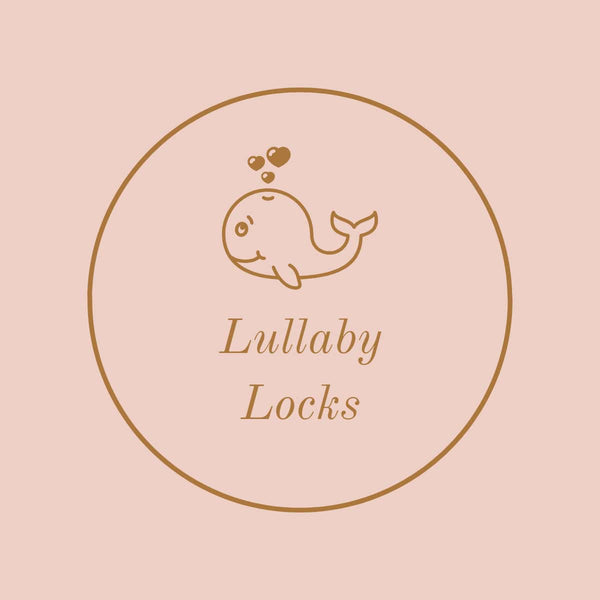When it comes to your baby, safety is everything. From the clothes they wear to the toys they chew on, every item they come into contact with should be free from harmful substances. This is where toxic-free baby accessories come into the picture. In this blog, we’ll explore what "toxic-free" really means, why it’s crucial for your child’s health, and how you can choose the best, safest accessories for your little one.
What Are Toxic-Free Baby Accessories?
Toxic-free baby accessories are products made without harmful chemicals, dyes, or materials that can negatively impact your baby’s health. These include items like:
- Baby bottles and pacifiers
- Teething rings
- Clothing and blankets
- Toys
- Diaper bags and carriers
- Feeding utensils and bowls
Toxic-free options ensure these products do not contain dangerous substances like BPA, phthalates, lead, formaldehyde, or flame retardants.
Why Is It Important to Go Toxic-Free?
1. Babies Have Sensitive Systems
Babies are more vulnerable to toxins than adults. Their skin is thinner and more absorbent, and they often put objects in their mouths—making them more likely to ingest harmful chemicals.
2. Chemical Exposure Adds Up
While one small exposure might seem harmless, continuous contact with toxic substances over time can affect a baby’s development, hormones, immune system, and brain function.
3. Protecting Their Future Health
Toxic chemicals have been linked to long-term health concerns including allergies, respiratory issues, behavioral disorders, and even chronic illnesses.
Common Toxins to Watch Out For in Baby Accessories
When shopping for baby products, it's important to look beyond the label. Many everyday items—especially those that aren’t labeled non-toxic—can contain harmful chemicals that may pose health risks to your little one. Here are some of the most common toxins to avoid:
1. BPA (Bisphenol A)
📍 Found in: Plastic bottles, sippy cups, toys
⚠️ Health risk: Can disrupt hormone function and affect development
2. Phthalates
📍 Found in: Soft plastic items, vinyl toys, teething rings
⚠️ Health risk: Linked to developmental and reproductive issues
3. Lead
📍 Found in: Painted toys, imported goods, vintage items
⚠️ Health risk: Can cause brain and nerve damage, especially in young children
4. Formaldehyde
📍 Found in: Wrinkle-resistant or treated fabrics
⚠️ Health risk: Can irritate the skin and has been linked to cancer
5. Flame Retardants
📍 Found in: Foam-filled baby furniture, car seats, and mattresses
⚠️ Health risk: May interfere with hormone and thyroid function
Tip for Parents:
Always check product labels, look for “non-toxic” or “certified organic,” and avoid items with vague terms like “fragrance” or “chemical treatment.” When in doubt, choose simple, natural materials and trusted baby-safe brands.
How to Choose Safe Baby Accessories
Here are some practical tips to help you select truly non-toxic items:
1. Check for Certifications
- Look for products certified by organizations such as:
- GOTS (Global Organic Textile Standard) – for textiles and clothing
- OEKO-TEX Standard 100 – for fabric safety
- USDA Organic – for organic materials
-
GREENGUARD Gold – for low chemical emissions
2. Read Labels Carefully
Avoid items that list vague terms like "fragrance" or "antibacterial"—these often mask chemical additives. Instead, choose accessories made with organic cotton, natural rubber, food-grade silicone, or stainless steel.
3. Buy from Trusted Brands
Do a little research into the companies you’re buying from. Look for transparency in materials and manufacturing processes.
4. Avoid Plastics When Possible
Go for glass bottles, wooden toys, or silicone pacifiers rather than plastic versions, especially when they're going in your baby’s mouth.
What to use or avoid?
🍼 Feeding Accessories (Bottles, Spoons, Bowls, etc.)
✅ Use:
- Food-Grade Silicone – flexible, durable, and heat-resistant
- Borosilicate Glass – thermal shock-resistant and non-leaching
- Stainless Steel (304 or 316) – safe, long-lasting, and rust-proof
-
BPA/BPS-Free Plastic (as a last resort) – must be certified food-grade
🚫 Avoid:
- Plastic with BPA, BPS, or phthalates
-
PVC (Polyvinyl chloride)
👕 Baby Clothes & Blankets
✅ Use:
- Organic Cotton – breathable, soft, and hypoallergenic
- Bamboo Fabric – naturally antibacterial and moisture-wicking
- Hemp – durable and grown without pesticides
-
Linen (from flax) – natural and biodegradable
🚫 Avoid:
- Synthetic fibers like polyester, nylon, and acrylic
-
Fabrics treated with flame retardants or wrinkle-resistant chemicals (often contain formaldehyde)
🧸 Toys & Teething Rings
✅ Use:
- Natural Rubber (Latex) – safe and chewable, if allergy-free
- Untreated or Beeswax-Finished Wood – smooth and toxin-free
- Food-Grade Silicone – safe for teething
-
Organic Fabric – for soft toys and rattles
🚫 Avoid:
- Painted plastic or vinyl toys
- Toys with artificial dyes or coatings
-
Cheap imports lacking safety certifications
🎒 Diaper Bags, Carriers & Accessories
✅ Use:
- Organic Canvas or Cotton – for bags and carriers
- Vegetable-Tanned Leather – for trim, straps (if not vegan)
-
Recycled or OEKO-TEX Certified Materials – safe synthetics with low-to-no chemical residue
🚫 Avoid:
- PVC, PU leather, or materials with chemical dyes
-
Bags with strong synthetic smells (indicating off-gassing)
📜 Labels & Certifications to Look For
When verifying the safety of materials, these certifications are your best friends:
- GOTS (Global Organic Textile Standard) – for organic textiles
- OEKO-TEX Standard 100 – ensures textiles are free from harmful substances
- USDA Organic – certifies organic natural materials
- GREENGUARD GOLD – for low chemical emissions
- FDA-Approved – for food-grade silicone and plastics
- Forest Stewardship Council (FSC) – for sustainably-sourced wood
Choosing toxic-free baby accessories might feel overwhelming at first, but every safe choice you make has a lasting impact on your child’s well-being. By opting for cleaner, safer products, you're not just protecting your baby—you’re also contributing to a healthier planet for their future.

